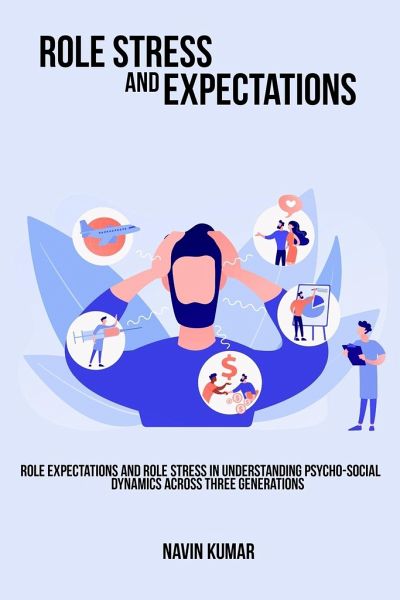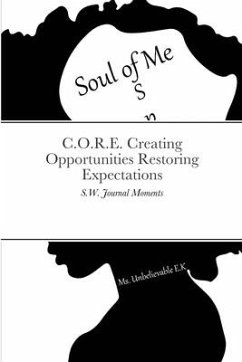Nicht lieferbar

Role expectations and role stress in understanding psycho-social dynamics across three generations
Versandkostenfrei!
Nicht lieferbar
ABSTRACT Many significant social, cultural and economic factors have influenced the role expectations and role strain across three generations. With the changing times gap across three generations have increased at intra-personals interpersonal level in the family. Despite various changes in the dynamics of relationships across three generations the institution of family occupies paramount importance in the Indian tradition. Relationship among grandparents, parents and the young adults is experiencing much of storm in terms expectations and its fulfillment by the respective generations. Presen...
ABSTRACT Many significant social, cultural and economic factors have influenced the role expectations and role strain across three generations. With the changing times gap across three generations have increased at intra-personals interpersonal level in the family. Despite various changes in the dynamics of relationships across three generations the institution of family occupies paramount importance in the Indian tradition. Relationship among grandparents, parents and the young adults is experiencing much of storm in terms expectations and its fulfillment by the respective generations. Present study was an attempt to examine the important factors responsible for this gap in role expectations and fulfillment. To understand this dynamics two set of questionnaires were used by the researcher. Social questionnaire attempted to identify the gap in expectation and fulfillment from quantitative point of view. The aspect of expectation and fulfillment was influenced by the factors of duration and quality of interaction and also by the nature of family setting i.e. joint or nuclear family. Gender differences across generations was also noticed due to factors and intimacy, trust and sharing in the decision making process of the family. Another questionnaire termed as family interaction guide was used to identify the qualitative aspects of the gap between expectations and its fulfillment. Young adults with a sample size of 200 was used in this study which included participants from both genders. Young adults were the primary source of data in this study as they always remain at focal point of















